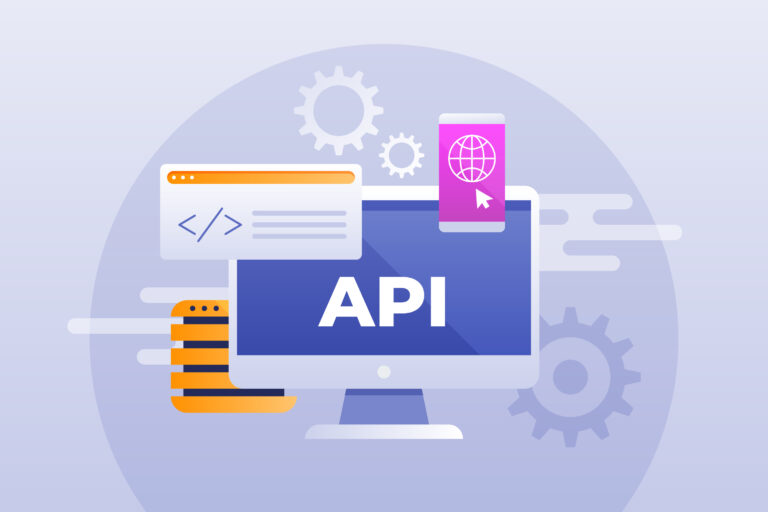Identifying Overlooked Possibilities in PPC Marketing Strategies

Maximize your PPC endeavours beyond just being efficient. Discover fresh avenues, experiment with different campaign formats, and access potential for expansion within your campaigns.
You have fine-tuned your PPC accounts to operate effectively, producing conversions at a minimal expense.
Yet, as there is a surplus budget and a drive from business stakeholders to boost sales, it is now the moment to change direction.
Although focusing on efficiency is crucial, it may restrict the number of sales and leads you to generate.
When faced with the challenge of improving your campaign’s effectiveness, where can you discover fresh prospects for expansion?
This article discusses various methods for recognizing unexplored prospects to broaden your PPC reach and boost sales or leads.
Examine search queries
In some cases, the most apparent ways to grow in paid search campaigns originate from analyzing search term reports from current campaigns.
In short, search terms are the specific queries that align with the keywords being bid on. Their differences can be significant, especially in a world where matching relies more on intention rather than the exact keyword.
Although loose matching tactics may create stress for paid search managers, they also offer a chance to discover profitable search terms that are not being targeted directly through bidding.
Besides including these search terms as keywords, you can also explore additional keywords to include.
If you are managing a Performance Max campaign, review the search terms to discover additional keywords to implement in traditional search campaigns.
Experiment with different channels and types of campaigns.
You could be concentrating solely on search campaigns, targeting individuals who are actively seeking your product. Nevertheless, this indicates that you are overlooking potential customers who meet your target profile but are not yet familiar with your product.
Consider areas where you are not currently advertising and dedicate a few minutes to exploring different targeting possibilities.
Utilize social and display channels to reach affluent homeowners who probably have a pool if you provide pool maintenance services.
If you are solely utilizing conventional search methods, utilize current data to create targeting strategies for different types of campaigns.
Integrate your high-performing search terms and keywords into custom audiences for display or Demand Gen in Google. You can target individuals who have displayed an interest in topics associated with the keywords.
Moreover, you have the option to try out a Performance Max campaign by utilizing the same search terms/keywords as initial audience indicators.
Experiment with messaging and targeting strategies aimed at a broader audience.
If you are mainly concentrating on generating direct leads or sales with your current campaigns, you may be overlooking potential customers in the earlier stages of considering your products or services.
Imagine you are managing LinkedIn Ads for a SaaS company that sells calendar scheduling software, and all your ad calls to action are to book a demo.
A person who has recently learned about your product is unlikely to be prepared to participate in a Zoom meeting with a salesperson. However, they may be open to reading a blog post on the topic of organizing a high-level executive’s schedule.
Afterwards, you can target blog readers again with messages focused on the middle to lower part of the sales funnel. Maybe they are not ready to see a demo yet but are open to participating in a webinar.
Continuing from the previous section, think about how extra channels can be integrated with branding strategies aimed at the top of the funnel.
If you produce accessories for bicycles, consider running YouTube ads aimed at cycling enthusiasts to build recognition for your brand, leading to increased sales in other marketing channels.
Examine strategies used by competitors
Spend a few moments examining the online advertising strategies of your competitors. Although you should avoid directly imitating your competitors, you can still draw inspiration for promotions, communication and designs from them.
Begin by evaluating their creative and advertising content. Fortunately, it is easy to find competitor ads on most large advertising platforms. You have the ability to browse through ad libraries to search for brands and see current and recent ads.
- LinkedIn Ad Library
- Meta Ads Library
- Google Ads Transparency Center
- Microsoft Ad Library
- TikTok Ad Library
If you see your competitors including prices in their ads but you only have Request a Quote, think about being more open about your pricing.
You could have missed a channel if you assumed your target audience isn’t engaged there. You may have chosen not to include Instagram in your B2B software social advertising, but you notice rival brands using Stories ads to showcase their products. This might indicate that experimenting with this channel could be beneficial for your brand.
Using a keyword tool such as Google Keyword Planner to analyze a rival’s website can uncover important keywords related to your products. Afterwards, you can try out these keywords in your campaigns.
Revisit what you have deactivated.
Review past paused campaigns, ad groups, and keywords.
Maybe you had to reduce campaigns due to budget cuts, or there was a strong emphasis on ROI leading you to pause keywords with high CPAs aggressively.
If you have funds to spare, try reactivating previous low performers to potentially improve outcomes.
You might have made changes to your offers and landing pages, or user intent could have changed because of external factors.
With that being said, it is important to carefully review ad copy, URLs, and other components before reactivating a campaign or ad group that has been put on hold.
Keep a close eye on leads’ quality as soon as you start monitoring after resuming operations.
Adjust your bidding tactics
While automated bid strategies have been improved by ad platforms, they may at times limit performance.
For instance, if a campaign is having difficulty gaining momentum, a restricted Target CPA bid could constrain its exposure.
To enhance outcomes, contemplate adjusting the restrictions on your existing bid tactics like Target CPA or Target ROAS, or experiment with a fresh method.
If your campaigns are greatly limited by these tactics, it might be worth experimenting with a Maximize Clicks approach.
Utilize Google Ads experiments to compare a new bid strategy with your original campaign and, after reaching statistical significance, determine whether to proceed with the new strategy.
Begin searching for chances.
After reading these ideas, think about how you can explore and experiment with new tactics in your accounts.
Begin testing new approaches such as exploring various channels, experimenting with different campaign types, studying competitor strategies, and trying out alternative bid methods to gauge how they affect your profits.







